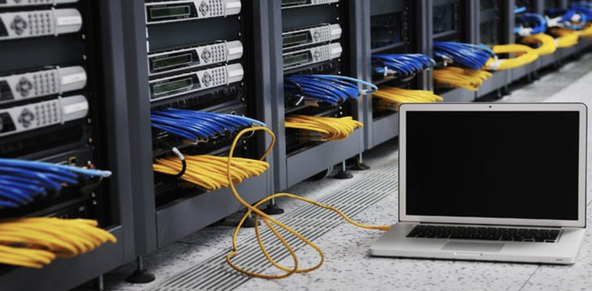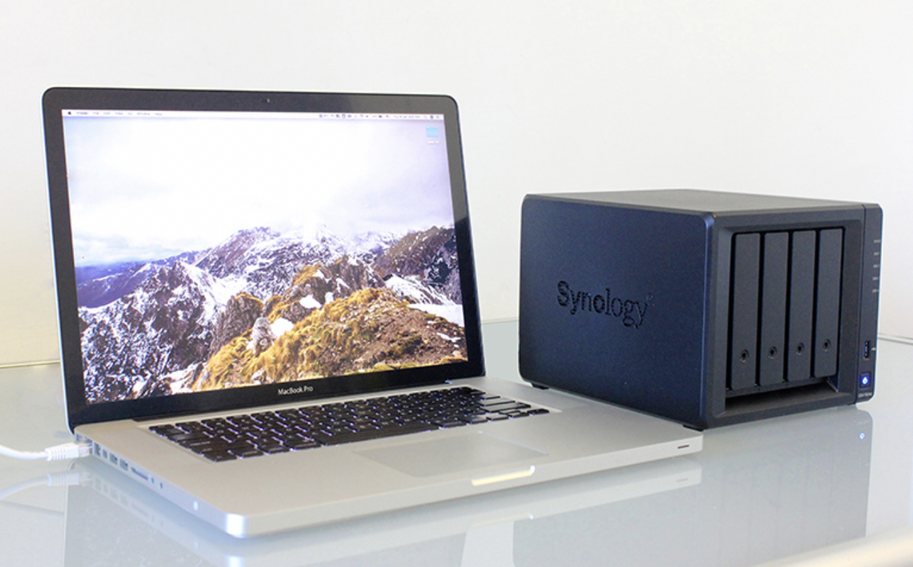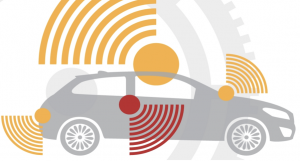Well known in the business world, NAS (Network Attached Storage) servers are becoming more and more popular in the home. Connected to your router, they are a suitable and straightforward solution for storing, backing up and sharing data between several computers. They consume very little energy and operate silently…
– Access your NAS files from your game console or media player with uPnP
– Start downloads during the night to keep your bandwidth for surfing. The NAS consumes less power than a PC and can be turned off after downloading.
– Access your photos and music from your smartphone, PC, etc.
– Share your printer and files with all PCs and MACs in the house
– Upgrade your NAS to a video surveillance center using an IP camera and access anomalies remotely (work, holidays)
– Host your blog/site and an online photo gallery
How many hard drives?
A NAS must be equipped with a disque dur NAS to be able to store the files you want. Some NASes are delivered without a hard disk while others have one or more units.
By choosing a NAS with a hard disk, you will receive a ready-to-use device, while a NAS without hard drive allows you to freely select a model according to your criteria (capacity, noise pollution, performance,…) or to use a disk no longer in use.
1, 2, 4 discs?
For home use, a NAS is mainly used for storage, unlike companies that need performance.
A single disk may be appropriate if you also keep the files on your computers, but two hard drives provide additional security, especially if you store the largest data only on your NAS and host a photo gallery or blog…
Companies need security for their data but also speed. In this case, the multiplication of disks with the implementation of a RAID system becomes imperative.
Performances
The performance of a NAS server depends on several elements:
– Network connection: A NAS server is connected to your network using an Ethernet cable. They are almost all 100 Mbps and 1000 Mbps compatible, which ensures high data rates.
– Hard disk speed: If your NAS is going to be used mainly to store data, it makes sense to choose disks that consume less energy and generate less noise. Manufacturers often refer to these models as “ECO” or “GREEN.” For higher speed, it is therefore essential to choose disks with high rotation speed and internal memory (7200 rpm and 32 MB for example). Using RAID to increase hard disk drive performance is the preferred solution in the enterprise.
– Processor speed and memory size: This is an important point, primarily when the NAS will be used by several users simultaneously. NAS running at 500 or 800 MHz is the entry level and is sufficient for personal use. For SOHO and small businesses, it is preferable to opt for higher frequencies to maintain good user comfort. Memory also contributes to the NAS’s performance; the first models are equipped with 128 MB.

Raid Explained
A NAS RAID provides you with efficient file backup and increased storage capacity. By multiplying the storage devices and depending on the RAID mode supported by the NAS server, several solutions are available to you:
Unify the units to benefit from a large storage space
Duplicate information on multiple disks to limit the risk of loss.
Here are the main RAID modes:
JBOD: creating a single volume from several disks
RAID 0: your hard disks work together for better performance
RAID 1: your data is duplicated for greater security
RAID 5: the security of Raid 1 combined with the performance of Raid 0
RAID 6: data security allowing the loss of up to 2 disks
The Web Interface
A NAS server is administered via a web interface accessible only from an Internet browser. Thus, you can access it from any computer in your home or a computer connected to the Internet. Of course, the connection to the administration console of a NAS server is secured with a password.
The interfaces offered by manufacturers are increasingly intuitive and user-friendly, which no longer limits them to professional use.
I want to make a multimedia center
Your NAS can become a real comfortable audio and video center.
– With DLNA, you can quickly view or listen to all your photo, audio or video files from your TV, console, tablet, smartphone, etc.
– By adding a tuner, you can even record and watch TV from your connected PC!
– With an HDMI output and thanks to Kodi, your NAS becomes a real media player.
– With iTunes, you can directly listen to your music stored on your NAS on connected speakers, or your iPhone or iPad.
– Download even when your PC is turned off using the integrated standalone download services such as BitTorrent or FTP.
– Connect your USB printer to the NAS to make it usable by all computers in the house!
I want to host a website
Do you want to host your blog or webshop? Make sure your NAS supports HTTP, a feature that will allow it to manage your server! You can thus keep all the images, pages, CSS, FLASH, in a part of your disk that will automatically process them in HTTP mode. Of course, it’s up to you to create your site: your NAS won’t do it for you!
I want to make a video surveillance station
There is no need to spend a lot of money on security systems to adequately protect your home. With a NAS, you can create your video surveillance system.
– You can connect different IP cameras to your NAS and control them remotely.
– Set the motion detection option: for each suspicious reaction, the camera records and sends you an alert email.
– You can activate an alarm that will sound if the motion is detected.
– Check the model of your cameras, which can have night vision, record sound or have a rotation function.
I want to control my house with my NAS!
The joys of home automation are now within your reach and centralized thanks to your brand new NAS! Be aware of energy costs and always stay informed of everything that is happening within your walls!
– Via the connected probes, you can know your water, electricity, heating, etc. expenses.
– You can control your lights, your heat, your swimming pool, your shutters… In short, just about anything that can be connected!
– You can manage the security of your home, such as cameras but also fire detection.
– Your connected sockets can be switched off even remotely if you have forgotten to unplug your iron before going on holiday…

